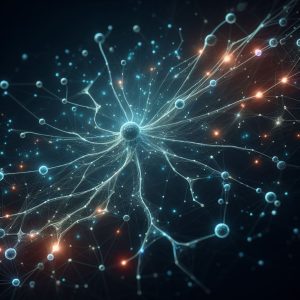Hi friends, in this article, we’ll be exploring Deep Learning in more detail. To this end, we’ll explore the foundational principles of deep learning and its profound impact on various industries.
Understanding Deep Learning
Deep learning is inspired by the structure and functionality of the human brain, particularly in its neural networks. These artificial neural networks comprise interconnected layers of nodes, or neurons, which process input data and gradually refine their predictions or decisions through iterative learning processes.
The below diagram represents the basic architecture of a deep learning model. Data flows from the input layer through multiple hidden layers before reaching the output layer. Each layer consists of interconnected neurons responsible for processing and learning from the input data.
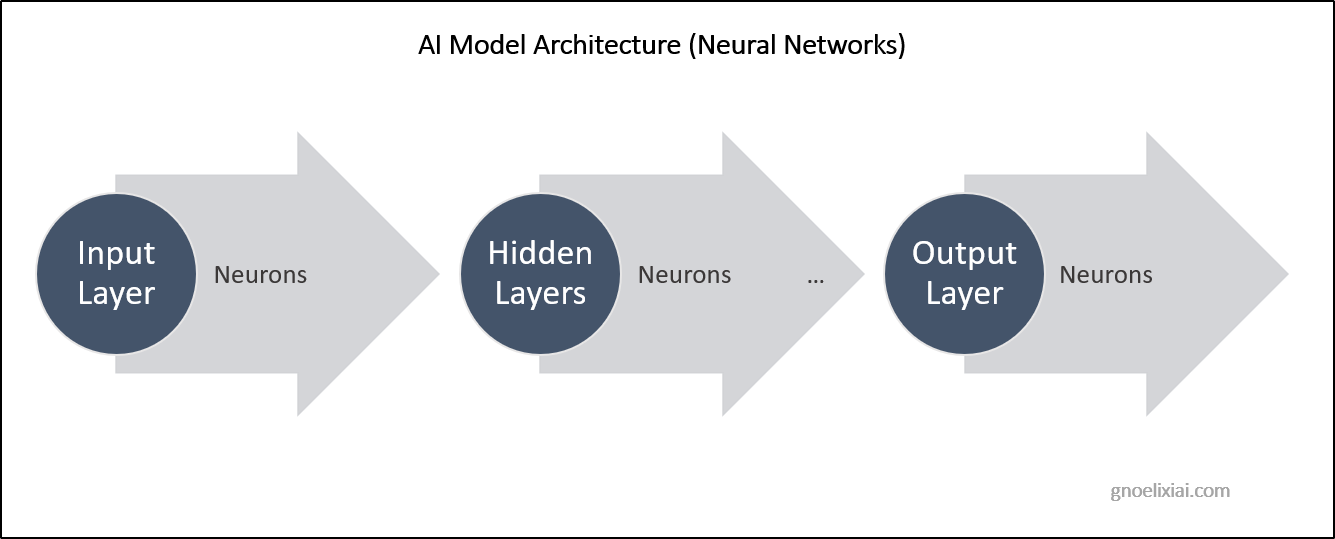
Feature Learning and Autonomy
A distinguishing feature of deep learning is its innate ability to autonomously extract intricate features from raw data. Unlike traditional machine learning methods that rely on handcrafted feature engineering, deep learning algorithms autonomously identify and learn relevant features directly from the input data. This inherent feature learning capability enables deep learning models to excel in tasks such as image recognition, speech recognition, and natural language processing.
Convolutional Neural Networks (CNNs)
CNNs are a dominant architecture within deep learning, particularly effective in tasks involving image analysis and computer vision. By leveraging specialized layers such as convolutional and pooling layers, CNNs can efficiently learn hierarchical representations of visual data. This hierarchical feature extraction enables CNNs to achieve remarkable accuracy in tasks like object detection, image classification, and facial recognition.
The below simplified diagram, illustrates the architecture of Convolutional Neural Networks (CNNs) that comprises convolutional layers, which apply filters to the input, extracting various features. Following this, the Rectified Linear Unit (ReLU) activation function is applied to introduce non-linearity. Subsequently, pooling layers reduce the spatial dimensions of the feature maps while retaining significant features. After the convolutional layers, the feature maps are fed into fully connected layers, which learn to classify the features into different categories.
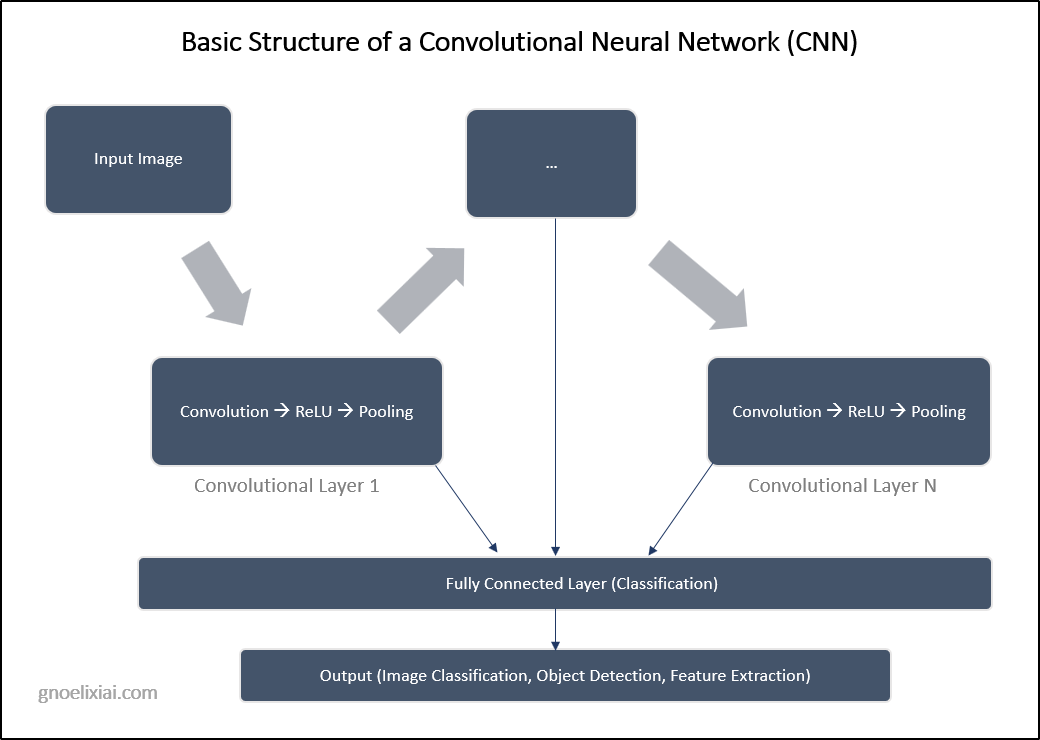
Recurrent Neural Networks (RNNs)
RNNs are tailored for handling sequential data, such as text and time-series data. With a recurrent structure that retains a memory of past inputs, RNNs are well-suited for tasks requiring context awareness and sequential dependencies. Applications of RNNs span machine translation, sentiment analysis, speech recognition, and more.
In the below diagram, a basic Recurrent Neural Network (RNN) structure is depicted. It consists of three main components: the input at time step t, the hidden layer, and the output. At each time step, the RNN receives an input, which is processed along with the hidden state from the previous time step in the hidden layer. This hidden layer captures temporal dependencies by retaining information from previous time steps. Finally, the output is generated based on the current input and the hidden state. The connections between the input, hidden layer, and output allow the RNN to model sequential data and time-dependent relationships. However, traditional RNNs often struggle with capturing long-term dependencies due to the vanishing gradient problem, which limits their effectiveness in tasks requiring memory over longer sequences.
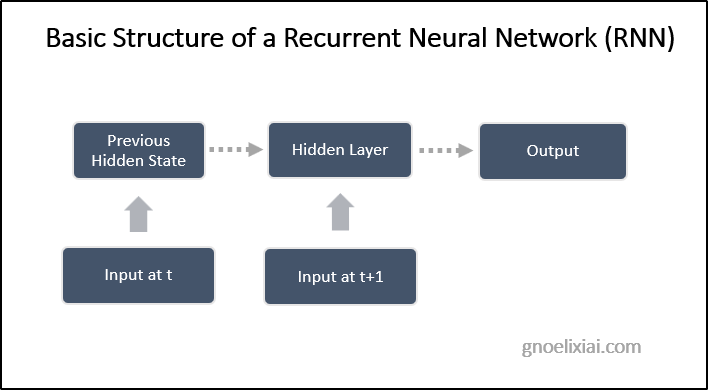
Transformers and Language Understanding
The emergence of Transformers has significantly impacted natural language processing (NLP) and language understanding tasks. Based on self-attention mechanisms, models like BERT and GPT have achieved state-of-the-art performance in language translation, text summarization, and question answering.
Applications in Innovation
Harnessing the power of deep learning can unlock boundless opportunities for innovation and growth. From intelligent recommendation systems to autonomous vehicles and healthcare diagnostics, the potential applications of deep learning are vast and diverse.
Considerations and Ethical Implications
However, it’s imperative to approach deep learning with a nuanced understanding of its capabilities, limitations, and ethical considerations. While deep learning models can deliver remarkable results, they necessitate significant computational resources, extensive datasets, and careful tuning to mitigate biases and ensure fairness.
Conclusion
In conclusion, deep learning epitomizes a paradigm shift in problem-solving and data analysis. By embracing the principles of neural networks and advanced algorithms, deep learning empowers us to surmount challenges that were once deemed insurmountable. As we continue to push the boundaries of AI innovation, the integration of deep learning will undoubtedly shape the future of technology and propel unprecedented advancements across industries.
Enroll to my course on Udemy, titled “AI Essentials: A Beginner’s Guide to Artificial Intelligence” and unlock the power of AI in your endeavors!
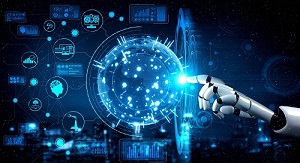
Featured Online Courses:
- AI Essentials: A Beginner’s Guide to Artificial Intelligence
- Human-AI Synergy: Teams and Collaborative Intelligence
- Working with Python on Windows and SQL Server Databases
- Introduction to Computer Programming for Beginners
- Data Management for Beginners – Main Principles
Read Also:
- Welcome to the GnoelixiAI Hub!
- What is Artificial Intelligence (AI)?
- Graph Databases and AI: Unlocking Synergy for Innovation
- Beyond Boundaries: Exploring Human-AI Teams Synergy
Rate this article:
Reference: GnoelixiAI.com (https://www.gnoelixiai.com)
© GnoelixiAI Hub
Artemakis Artemiou, a distinguished Senior Database and Software Architect, brings over 20 years of expertise to the IT industry. A Certified Database, Cloud, and AI professional, he earned the Microsoft Data Platform MVP title for nine consecutive years (2009-2018). As the founder of SQLNetHub and GnoelixiAI Hub, Artemakis is dedicated to sharing his knowledge and democratizing education on various fields such as: Databases, Cloud, AI, and Software Development. His commitment to simplicity and knowledge sharing defines his impactful presence in the tech community.
